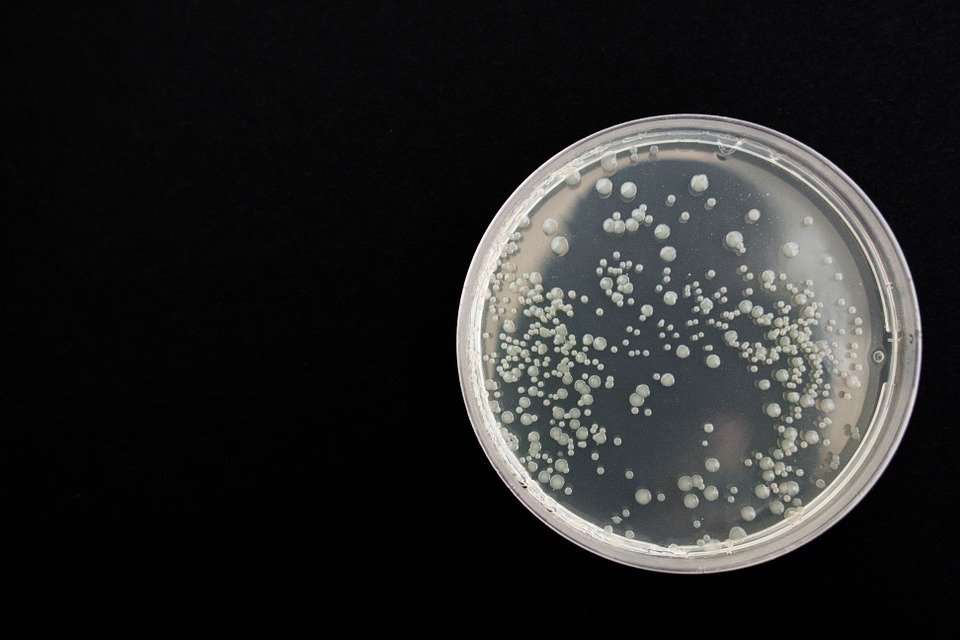
I arrive at 9 in the morning, together with the three guys working in the lab with me. For a few moments I go through the daily ritual of greeting everyone, then I check my notebook what I’m going to do today and go to work.
It’s plasmid isolating time! The day before, I added a new gene in form of a DNA ring to a strain of E. Coli bacteria, to multiply it, so it can be used in yeast. But for that, I first had to get it out of the bacteria.
The protocol of the isolation has become second nature to me, I’ve done it quite a few times by now. Taking some cells, centrifuge, add solutions to break open the cells and get the DNA out, centrifuge, clean. Takes me less than an hour. The result is a tiny drop of a clear liquid.
The thing with molecular genetics is, that you’re working a lot with tiny drops of clear liquids. They all look the same. You can’t actually see what you’re doing, not when you’re adding 1 microliter of something.
After the isolation, I need to quantify the plasmid inside the solution. Luckily, we got a machine for that, which uses light to determine the concentration.
200 ng per µl! Not bad, not bad at all. I take the small flask with the plasmid and add a restriction enzyme, which cuts the DNA ring into a strand. For that, it needs about an hour so I take the chance to have lunch.
When I return to the lab, everything has slowed down. In the morning, everyone had been busy bringing their experiments into action, but after lunch there is usually a lot of waiting.
I take the linearized plasmid and start the procedure for adding it to a yeast strain. This time, I need to work at a microbiological cabinet, which keeps away any kind of microorganism that could contain my yeast. Most bacteria grows a lot faster than yeast and would ruin my experiment.
It’s a repetitious task, adding different solutions to the liquid yeast culture, lightly shaking, adding the gene, shaking, waiting, sometimes up to an hour, adding something else, waiting again. All that in a sterile environment.
Finally, I have cloudy liquid, less than half a milliliter, which contains the transformed yeast cells. I carefully spread in a thin layer on a nutritional jelly called agar, contained in a petri dish and put it in a warm incubator. The yeast cells will take about two days two grow, and only those that absorbed the new gene will have a chance to grow, because only they produce the nutrient that the agar is missing.
I hope they grow. Because only if they do, I can continue my research.
picture taken from pixabay
